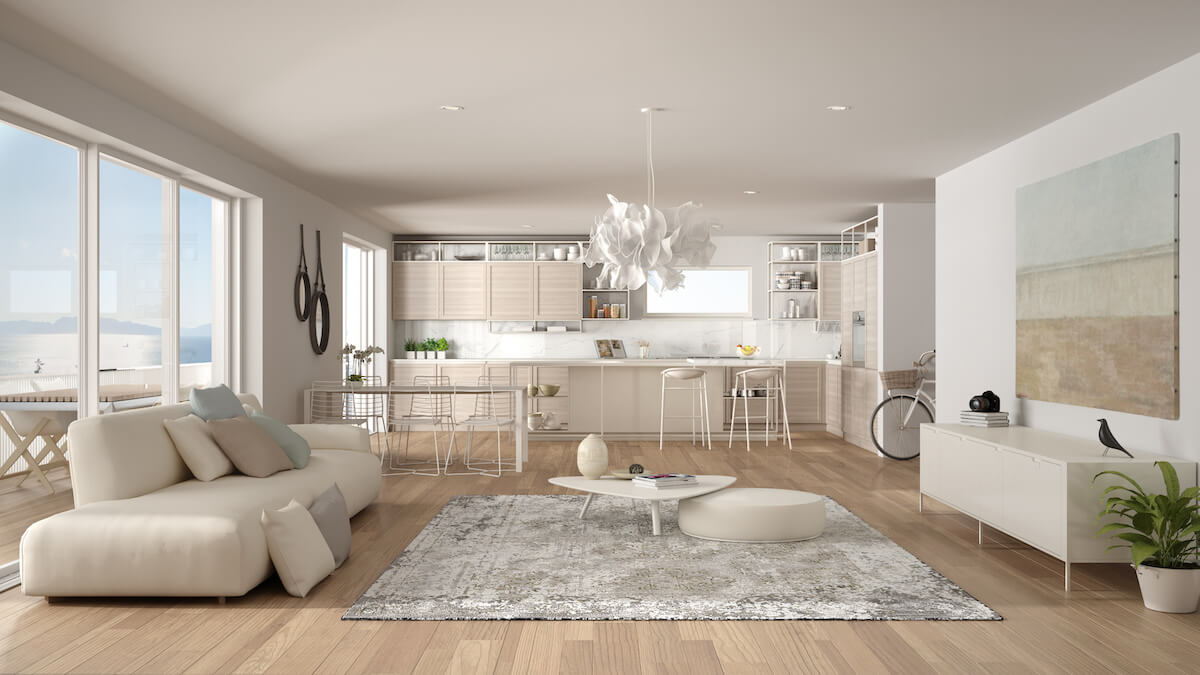All Categories
Featured

When creating a home, the design of furniture you choose plays a substantial role in setting the overall tone and atmosphere of a space. 2 prominent designs that house owners typically debate between are conventional and contemporary.
- Design and Framework. Contemporary Furniture: Contemporary furnishings is defined by smooth, minimalist styles that stress simplicity and tidy lines. Contemporary furniture often tends to be ventilated and light, preferring open areas, and often avoids too much decor.
Conventional Furniture: Conventional furnishings, by contrast, attracts ideas from historical designs such as Colonial, Victorian, or French Provincial. Unlike the sleekness of modern items, conventional furniture celebrates craftsmanship, commonly showcasing perfectly in-depth woodwork and glamorous upholstery.
- Materials and Finishes. Contemporary Furniture: Contemporary furniture is made using a variety of materials, including metals, glass, acrylic, and wood. The products utilized are commonly lighter and much less intricate than those discovered in conventional furnishings, but they are developed to stress open areas and tidy lines.
Standard Furniture: Conventional furnishings is understood for its usage of top quality, solid products, particularly hardwoods like oak, mahogany, walnut, and cherry. The building of traditional furnishings items is usually more robust and heavy, constructed to last for generations.
- Shade Palette. Contemporary Furniture: The shade combination in contemporary furnishings is commonly much more restrained and neutral. Shades of black, white, grey, and off-white dominate, supplying a tidy and tranquil ambience. While these neutral tones are the key structure, modern furniture commonly incorporates bold accent shades to generate individuality and vibrancy. These pops of shade can come through in throw cushions, artwork, or rugs, creating a dynamic contrast within the area. On the whole, the color pattern often tends to be harmonious and healthy, enhancing the modern and minimalist visual.
Standard Furnishings: Conventional furnishings, on the other hand, features richer, much deeper shades. Typical furniture additionally tends to consist of much more intricate patterns and appearances, such as flower concepts, damask, and red stripes.
- Comfort and Usefulness. Contemporary Furnishings: Comfort and capability are essential parts of contemporary furniture. Pieces are frequently made with ergonomic concepts in mind, guaranteeing convenience while keeping a tidy, modern-day look. Numerous contemporary furniture styles are modular, enabling adaptability and adaptability in different space dimensions and formats. The focus is on functionality, with many modern items incorporating built-in storage or multi-functional features. This makes modern furniture perfect for modern-day home that require both design and energy.
Conventional Furnishings: While comfort is certainly a factor to consider in standard furnishings, it takes a rear seat to the style and charm of the style. Conventional furniture is typically much more substantial and might appear heavier, with deep cushions and luxurious furniture. The focus in typical styles is on providing a comfortable, comfortable atmosphere, yet functionality is normally not as focused on as in modern designs. Conventional furnishings might likewise feature intricate information such as tufted upholstery, scrollwork, and hand-carved legs, which improve the visual allure but might not always use the exact same degree of functionality as modern layouts.

- Combination with Various Other Styles. Contemporary Furniture: Among the advantages of modern furniture is its flexibility. Because modern layout concentrates on clean lines and straightforward forms, it can conveniently blend with various other designs, consisting of commercial, Scandinavian, and even some traditional elements. Contemporary furniture functions well in open-plan spaces, metropolitan apartments, and homes with minimalist decor. Its simple forms and neutral colors enable it to integrate efficiently with a range of other design components, making it an adaptable selection for those aiming to mix and match designs.
Conventional Furnishings: Traditional furnishings is a lot more fit to homes that embrace a traditional, classic style. While it can be coupled with modern or contemporary items to create a diverse visual, conventional furnishings usually stands out on its own.
- Long life and Eternity. Contemporary Furniture: Contemporary furniture often tends to develop with the moments, reflecting existing style fads and tastes. While the modern-day appeal of these items can last for several years, they may not have the same long-term power as conventional furniture. As fads change, modern furniture may become outdated, however this can also be an advantage for those who take pleasure in updating their home frequently to stay on top of design changes.
Traditional Furnishings: Typical furnishings, however, has a timeless quality that allows it to keep its beauty for generations. Due to its classic style and high-quality materials, conventional furniture usually ends up being a lasting investment.
Conclusion. Ultimately, the decision between typical and contemporary furnishings styles depends on your individual choices and the ambience you want to produce in your house. Contemporary furniture uses sleek, minimal designs that concentrate on usefulness and adaptability, making it excellent for modern-day living. On the other hand, traditional furniture gives ageless style and intricate workmanship, ideal for creating an elegant, traditional ambiance. Both designs have their values, and by understanding the essential differences, you can select the right items to match your home's special personality and your lifestyle needs.
Latest Posts
Transform Your Bathroom in a Day
Published May 08, 25
1 min read
Boost Your Brand Name with Full Circle Strategic Marketing's Advertising and marketing Experience
Published May 08, 25
1 min read
Discover Reliable Vehicle Service at Car-X St. Louis – Quality Service Awaits
Published May 08, 25
1 min read
More
Latest Posts
Transform Your Bathroom in a Day
Published May 08, 25
1 min read
Boost Your Brand Name with Full Circle Strategic Marketing's Advertising and marketing Experience
Published May 08, 25
1 min read
Discover Reliable Vehicle Service at Car-X St. Louis – Quality Service Awaits
Published May 08, 25
1 min read